Suppose you want to design a course. What should you start with? Should you just dive in and start explaining how something is done? Should you grab a textbook and design your syllabus based on that? Should you just get the learners try something out for themselves and if they had any questions come back to you? What sort of topics should you cover and what should you leave out? What should be your overall approach?
When I design my own courses or when I teach people how to design courses, I often see this as an important course design challenge. I have explored this topic extensively in my book, Course Design Strategy. The approach that I present, which is backed up by comprehensive research, can do wonders for you. It can transform the way you approach training course design and delivery. It can save you time and help you design a solid course foundation that you can then fill in as you add more content.
In this article, I want to share with you a summary of the core ideas and the actions you need to take when designing your courses. For more details and examples, please refer to the book.
The Problem with the Common Approach to Course Design
So how should we approach course design? To find out an answer to this challenge, we need to step back and look at our purpose of training.
Here is what we want:
- We want learners to learn something well enough so they know how to use it in the field
- We want learners to know enough
- We want learners to learn the content fast
- We want learners to remember the content as long as possible
We want all four, but often trainers tend to aim for speed and volume more than anything else. They think they have done well if they pack a lot of content into their courses. They think the learners will get a lot out of their course, so they can charge more, promote it more and to a wider range of people. They also want to spend the least amount of time designing or delivering it. Time is money. They rather run another course.
Paradoxically it is actually easier to add more content to a course than to tailor it down to a fixed amount of time and keep it focused. If I had unlimited amount of time to teach I can just start teaching now, but if I only have ten minutes to teach something, I need to think carefully about what I need to cover.
As a result trainers have a tendency to pack too much content into their courses. Because trainers include too much content, they tend to design their courses like a lecture; giving a lot of information in one direction, from the tutor to the learners.
The problem with this approach is that the content goes in one ear and out the other. There is only so much content learners can take in since they are subject to cognitive overload. Besides, without repetition, nothing will persist in their minds. Without exercises and applying what was taught, they may not ‘get it’ and the content is soon forgotten.
Forgetting is a big issue when it comes to course design; there is no point wasting our time and learners’ time if most of what is taught is going to be forgotten anyway.
So how should we approach course design so that we can avoid such issues?
Start with Designing the Eureka Moments
A eureka moment is also known as an Aha! moment. ‘Eureka’ is my preferred terminology. It is a sudden insight or solution to a previously incomprehensible problem. In Greek, eureka means ‘I have found it’ and comes from the classic story of Archimedes, the Greek polymath. He was taking a bath and noticed that his body displaced water when he sat in the tub and that the volume of the displaced water was the same as the volume of his body. Thus, he had found a way to measure the volume of an irregular object. With that insight, he jumped out of the bath and ran home naked, presumably too occupied with the insight to remember to put his clothes back on, shouting “Eureka!”
And this is not unique to humans. Even animals can have insightful moments. One of the earliest studies of this phenomenon was reported by Wolfgang Köhler in 1921. A chimp called Sultan was placed in a room with a banana hanging from the ceiling, just out of his reach. A few boxes were scattered around in the room. After several attempts to get the banana and failing, Sultan went into a corner and sulked for a while. Then he suddenly jumped, stacked a bunch of boxes on top of each other, climbed on top of them and got the banana (Köhler, 1921).
Why Eureka Moments Matter for Course Design
Instructions can be divided into definitions, concepts and procedures. Understanding concepts can lead to a eureka moment, but this is not the case for all concepts. Here is a simple test: if you explain a concept in only a few sentences and learners get it, then it is not a eureka concept. It takes insight and a eureka moment to understand a eureka concept. If you explain a concept and no one gets it, then it will require further work: maybe learners need more explanations, need to think about related areas, need to do more exercises, etc., until they experience a eureka moment. This is a eureka concept.
So let’s go back to our challenge of approaching course design: we want students to learn the content in a way that they can apply, learn enough, learn it quickly and remember it for as long as possible. Eureka concepts will help us achieve all four. Hence, they are incredibly important for training. They unluck the key to the rest of the course design process and make the learning journey easier and more straightforward.
So let’s see how Eureka concepts can help us.
Eureka Concepts Help with Depth of Learning
To learn something well enough so that learners can apply it, they must have understood it. This understanding is at a deep level and is often achieved by getting exposure to the lesson in multiple ways, by trying, by experimenting, by failing and by adapting.
When learners experience a Eureka or ‘Aha’ moment they go through a transformative experience that they would remember. Ideas come to mind in an all‑or‑nothing fashion. A eureka moment happens only when the solving process is complete.
The alternative learning process with analytical solutions is based on guesses and thought processes that are made in small steps. The learner comes to gradually learn a concept piece by piece. The problem is that these processes can be terminated prematurely before they are complete. It could be distractions, forcing learners to move to another topic, learners losing their train of thought or getting confused by something unrelated. So Eureka concepts help with accuracy of learning too.
Eureka concepts have seven important qualities (Flanagan, 2020):
- Once understood, they change the way the learner sees the subject.
- They are difficult to unlearn. Once a learner has grasped the concept, that process cannot be undone.
- They are likely to be difficult, counter-intuitive, seemingly incoherent or alien for the learner.
- Once learned, they are likely to bring together different aspects of the subject that were previously not seen as connected.
- They have a specific and limited purpose in a particular conceptual domain.
- Once they are understood, the learner’s ability to use an enhanced and extended language is improved.
- Understanding the concepts can shift the learner’s sense of self.
Eureka Concepts Help with Speed of Learning
When it comes to speed of learning, we want two things:
- We want learners to learn the content as fast as possible
- We want learners to remember the content well, so we don’t have to go over it again, thus slowing the overall training process
Now, how can Eureka concepts help with speed? Think of Eureka concepts as milestones. All learners must understand the Eureka concepts; there are no exceptions. You cannot leave a learner behind. If you are teaching Newtonian physics, learners must get the concept of ‘gravity’. We cannot continue to other more advanced topics unless they get this concept. Eureka concepts are not nice-to-know; they are must-know. Once a milestone is achieved, we can continue confidently to the next level.
With such milestones you can increase the speed of learning, while simultaneously increase the depth of learning. Because once learners get it, there is no risk of you needing to go back to cover the topic again, thus wasting time. You can just zoom ahead in your training delivery.
It is true that you may have to spend more time so learners ‘get it’, but you will gain this time back because of their deeper and more thorough understanding of the topic. In future lessons that depend on this concept, they ‘get’ other related concepts faster. You are less likely to need to slow down to cover a misunderstood previous lesson. You don’t have to slow the whole class down, or spend ages with a single learner until they get it. Because, remember, you cannot leave them behind, and so one way or another you need to spend time with them.
Eureka Concepts Help with Memory
Eureka moments are remembered. Who is going to forget that special moment when suddenly everything made sense. Archimedes, along with the rest of humanity, knows too well what happened after he found the solution to finding the volume of a given body.
You may wonder may be the reason that we remember the lesson is because the lesson is harder. After all, if we spend so much effort figuring out something, is that not why we remember it more. To answer that, let me share with you an interesting study.
In research carried out by Danek and colleagues, participants were tasked with solving a complex comprehension problem that led to a eureka moment when they found a solution. Tests on participants’ memories showed that when they had experienced a eureka moment, they had a better recall rate; that is, they could remember the eureka moment more easily than they could remember other less dramatic moments. Perhaps people remember a eureka moment more easily because before they reach that point, they have to experience a thought process that is more complicated than they usually deal with.
To test whether such an experience was a factor, experimenters carried out further studies. They focused on examining the recall rate for both ‘easy’ and ‘hard’ comprehension problems that eventually led to a eureka moment. The results showed that the recall rate was the same for both cases. The research suggests that people’s recall is improved when they go from a state of non-comprehension to comprehension (hence the eureka moment) as opposed to being given something which is understood straight away (Danek et al., 2014; Shen et al., 2016).
Help learners go from a state of non-comprehension to comprehension and experience a eureka moment. This will boost their recall rate.
Let Learners Get Stuck and Struggle
In instructional design, we always want learning to be accurate, long term and persistent. When designing a course we have a choice to make. We can:
- Give the content in a more straightforward way.
- Create Eureka moments and lead learners until they ‘get’ a Eureka concept.
Which approach is easier to design?
The first one of course. You just give the information to them and hope for the best; it is how most courses are designed and how trainers approach the delivery; they just lecture it.
Which approach is better for learners?
If your learners have a eureka moment, it can help them remember it in a way that fits with our overall instructional design aims: the resulting memory will be more accurate, long term and persistent than if you just give learners the content in a more straightforward way.
We should let learners get stuck and struggle to understand a given concept. Then we can help them arrive at a moment of insight while they are trying to produce a correct answer. This will help them learn better and for longer. Therefore, consider including such struggles rather than eliminating them.
Why So Many Courses Are Poor
Now you can see why so many of the mainstream courses that are designed to give information in a straightforward way are so ineffective. Most designers tend to create easy courses that provide all the solutions. They stuff the course with ready-made content based on their expertise: here is a problem and here is a solution. Since they are the experts and know the solutions, they treat the course as an information exchange exercise, from them to learners. This is wrong. Instead, look for opportunities to design the course around eureka concepts, letting learners discover on their own and experience a moment of insight.
Let me clarify an important point about making learners struggle. They should not be made to struggle because of unclear content. Badly explained and confusing concepts are not going to help anybody. We don’t want to spoon-feed learners with facts, data and procedures alone. We want to give learners a problem to solve, let them struggle and lead them to a eureka moment.
We want learners to change. They will remember the moment of change for a long time to come, along with the lesson.
How to Identify Eureka Concepts
I hope by now you are convinced that eureka moments and eureka concepts are keys to designing a solid course. But what exactly are they? How can you identify them?
Let’s start with eureka moments.
Eureka moments have four important qualities:
- Eureka moments lead to a sense of joy.
- Eureka moments appear suddenly and after some deliberation and exploration.
- The solutions to eureka moments can be expressed fluently.
- The person experiencing a eureka moment believes that the solution would work.
There has been extensive research on eureka moments (or Aha! moments) and eureka concepts. Some training experts, such as Jason Teteak, call these light-bulb concepts (Teteak, 2020). Another term is threshold concepts, which was introduced by professors Jan Meyer and Ray Land. I prefer the dual terminologies ‘eureka moment’ and ‘eureka concept’ as they are easier to remember. In my experience with explaining threshold concepts, people struggle with the meaning of the word ‘threshold’. I then have to explain more. If I use ‘eureka’ or ‘Aha!’, they get it straight away, so I prefer to use ‘eureka concept’ as it makes understanding faster and easier.
Extensive studies on eureka concepts (threshold concepts) emerged from a UK national research project on the characteristics of strong teaching and learning environments for undergraduate education (Meyer & Land, 2003). The results were fascinating. Using a eureka concept is much like going through a portal. A learner passes through this portal “from which a new perspective opens up, allowing things formerly not perceived to come into view” (Meyer et al. 2010).
All fields have eureka concepts. A eureka concept is not a key concept, an important topic, a learning outcome or a key point to cover in the course syllabus. The most important quality of a eureka concept is that it is transformative; there is a before and after where a learner experiences a eureka moment and starts to see things differently. It leads the student to “a new and previously inaccessible way of thinking about something. It represents a transformed way of understanding, or interpreting, or viewing something, without which the learner cannot progress, and results in a reformulation of the learners' frame of meaning” (Meyer et al. 2010).
Let’s go through some examples of eureka (threshold) concepts in various fields: gravity and quantum mechanics in physics, limits in mathematics, the testable hypothesis in biology, depreciation in accounting, pointers or object-oriented programming in computer science, terminator lines in representational art and transistors in electronics.
You must be able to identify these eureka concepts in your own field and on the courses you teach.
Apply Eureka Concepts to Course Design
Understanding eureka concepts is itself a eureka concept. Once you get it, you will probably say “Eureka!” or “Aha!” and will experience a sudden burst of joy! And if you run around naked while saying it, I won’t hold it against you.
I certainly experienced a eureka moment myself when I learned about this important topic, and it changed the way I look at course design. I realised that I can produce a much better course if I centre it on key eureka concepts and let these drive the rest of the instructional design process. They make it easier to decide what to include and what to exclude from a course.
I also realised when and how I must let the learners struggle until they ‘get’ an important concept. That it was worthwhile to spend more time on key Eureka concepts at the expense of other superficial course content that students could easily explore and learn on their own.
The Eureka Concept Process
Work Through a Concept
Let Learners Struggle
Support Learners to Develop an Insight
Help Learners Experience a Change
Let Learners Experience a Eureka Moment
Let Them Go Through a Transformative Experience
Support Learners to ‘Get’ the Eureka Concept
When I was writing my book, Course Design Strategy, the first decision I made was about eureka concepts: I wanted to focus on areas that, once you get them, will have the greatest impact on your course design. This helped me avoid focusing on cosmetic content at the expense of big-picture issues.
My aim here is to get you to experience a eureka moment. The concepts and the descriptions are much more important than the jargon and any unusual terminology. Once you understand these concepts and descriptions though, you will start to look at your course design differently.
Take a moment to examine your field. Try to identify a series of potential eureka concepts. Write them down. Explore the seven main qualities of Eureka concepts I listed in this article. I have explored these qualities, along with detailed examples, in my book. It will help you understand what to look for and how to cover such concepts in your courses.
Remember, you will have to do it to learn it. What you read here is just information, I am guiding you towards a moment of insight. The ideas presented here can only help you if you apply them; you need to experiment, see what works and what doesn’t, adapt and repeat until you get your ideal course and instructional design process.
Let me know how it goes in the comments below. I am always eager to hear about your experiences, design choices and stories.
References
Danek, A. H., Fraps, T., von Müller, A., Grothe, B., & Öllinger, M. (2014). It's a kind of magic-what self-reports can reveal about the phenomenology of insight problem solving. Frontiers in Psychology. 5: 1408.
Flanagan, M. (2020). Threshold Concepts. https://www.ee.ucl.ac.uk/~mflanaga/thresholds.html
Honary, E., (2021). Course Design Strategy: The Art of Making People Learn, Skills Converged Publishing, ISBN: 978-1838495305
Köhler, W. (1921). Intelligenzprüfungen am Menschenaffen. Berlin: Springer.
Teteak, J. (2020). The biggest secret to making things easy to understand. Retrieved from: https://ruletheroomtrainthetrainer.com/easy-to-understand-blog/

About the Author
Dr Ethan Honary is the founder of Skills Converged Ltd. A training consultant, researcher, author and designer with an aim to help trainers worldwide to improve training delivery and course design.
Table of Contents
The Problem with the Common Approach to Course Design
Start with Designing the Eureka Moments
Why Eureka Moments Matter for Course Design
Eureka Concepts Help with Depth of Learning
Eureka Concepts Help with Speed of Learning
Eureka Concepts Help with Memory
Let Learners Get Stuck and Struggle
How to Identify Eureka Concepts
Apply Eureka Concepts to Course Design
Course Design Strategy
Available as paperback and ebook
Online Train the Trainer Course:
Core Skills
Learn How to Become the Best Trainer in Your Field
Train The Trainer Book
Available as paperback and ebook
Explore Topics
Longform Train the Trainer Guides
All In-Depth Articles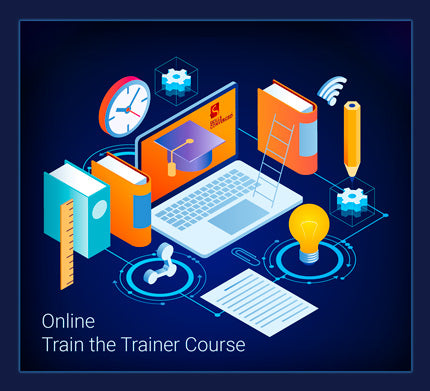
CPD Accredited
Online Train the Trainer Course: Core Skills
Learn How to Become the Best Trainer in Your Field
Full Course Details
How to Reference This Article
Honary, E. (2023) "Design Memorable Courses with Eureka Concepts", Skills Converged. Retrieved from: https://www.skillsconverged.com/blogs/train-the-trainer/design-memorable-courses-with-eureka-concepts





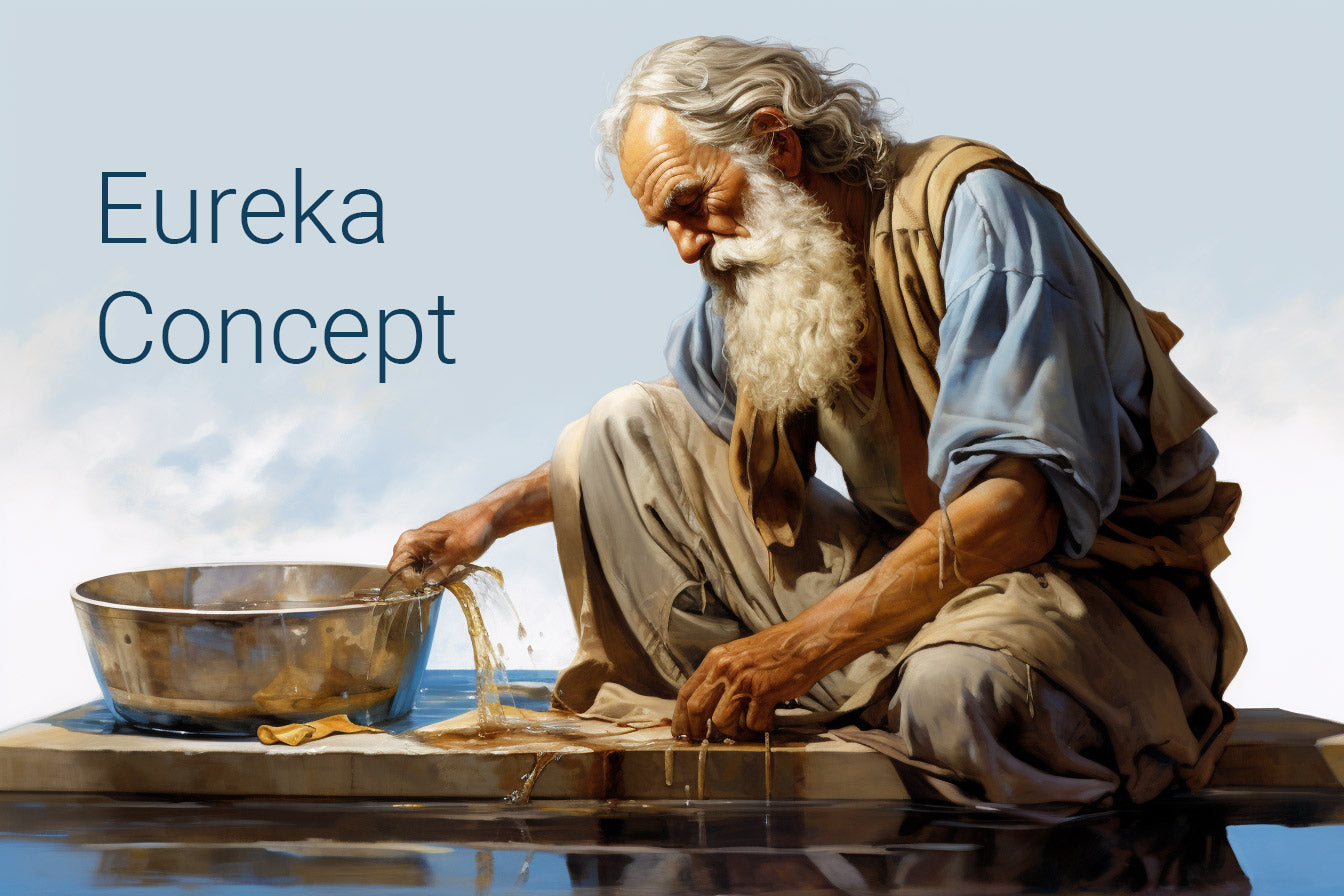





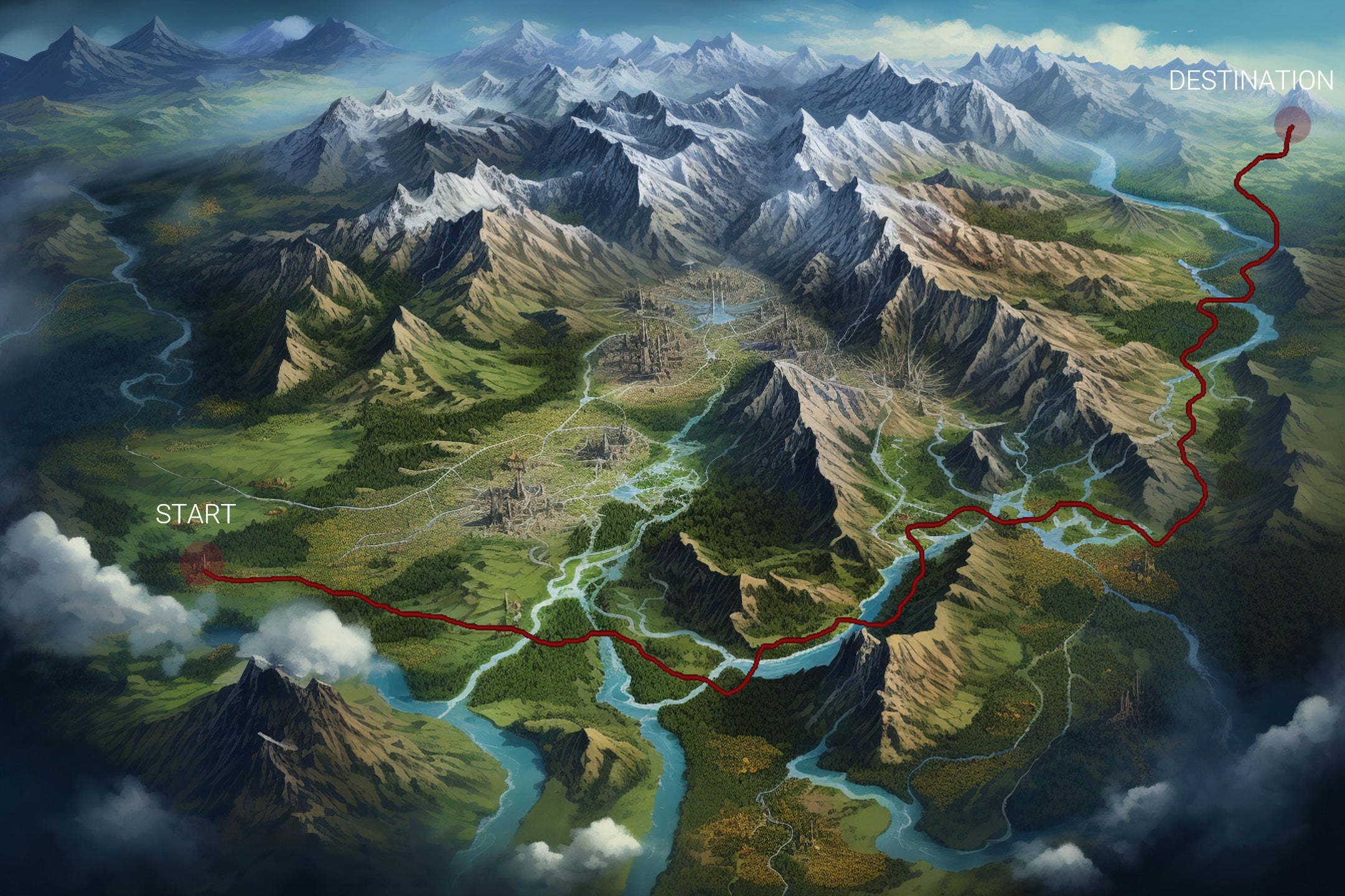
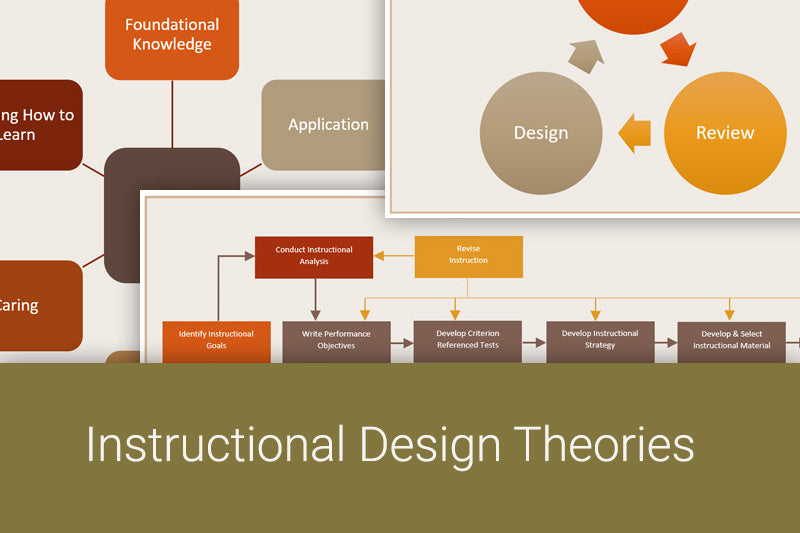
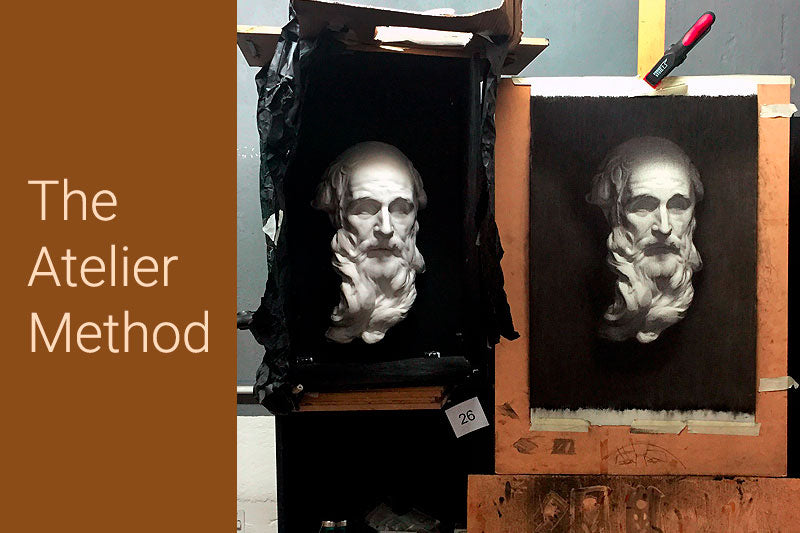
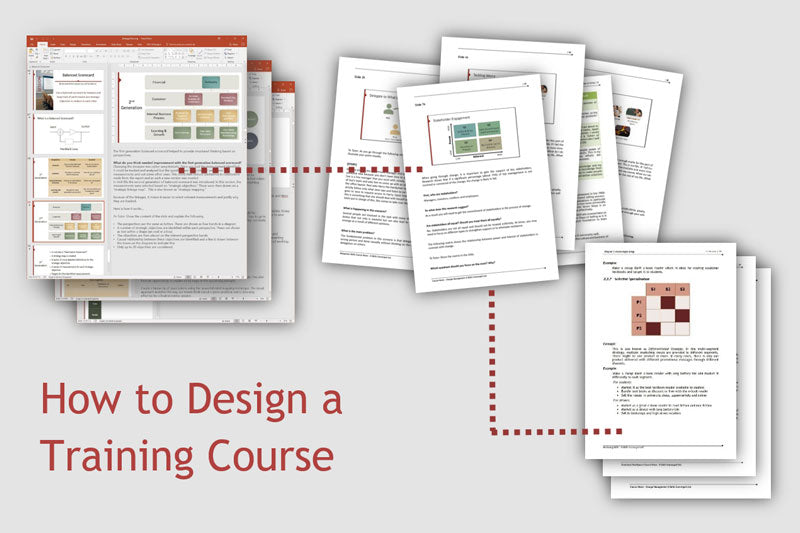
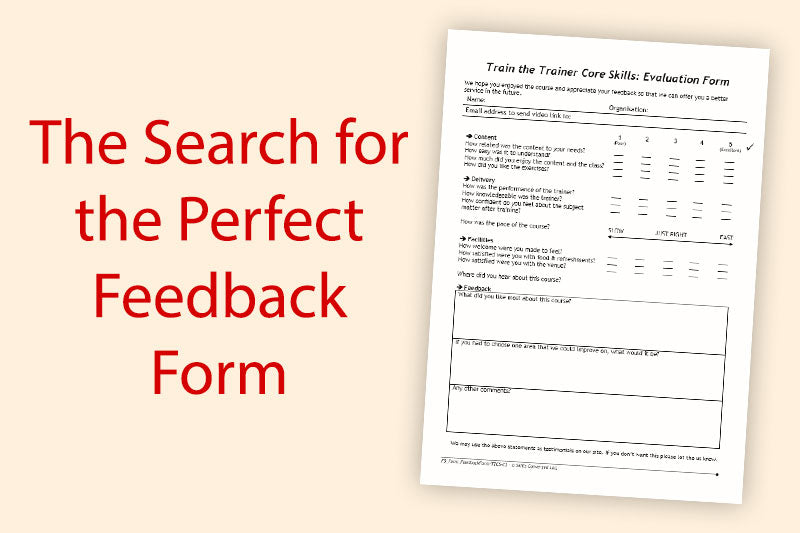

2 comments
Poligar Shankar
An excellent write-up on how to embed Eureka moments in a learning unit. Eureka moments promote discovery learning.
Confucius is credited to have stated: “I hear and I forget; I see and I remember; I do and I understand”.
To this we can add a 4th one: “I discover and I use”.
Winston Singh
Excellent article on Course Design . Very well explained, scientifically. Please send us more of such articles
Leave a comment
All comments are moderated before being published.
This site is protected by hCaptcha and the hCaptcha Privacy Policy and Terms of Service apply.